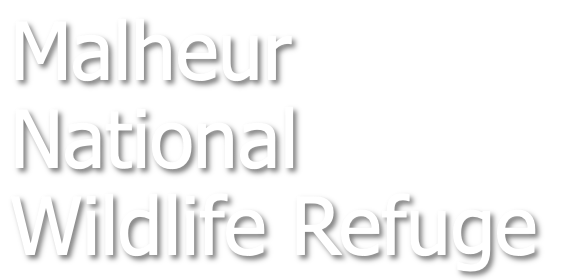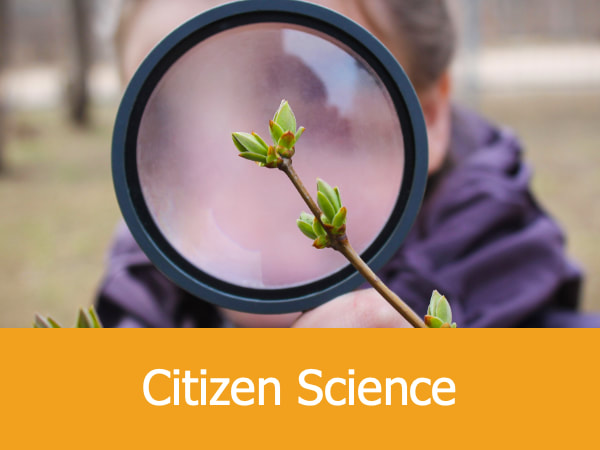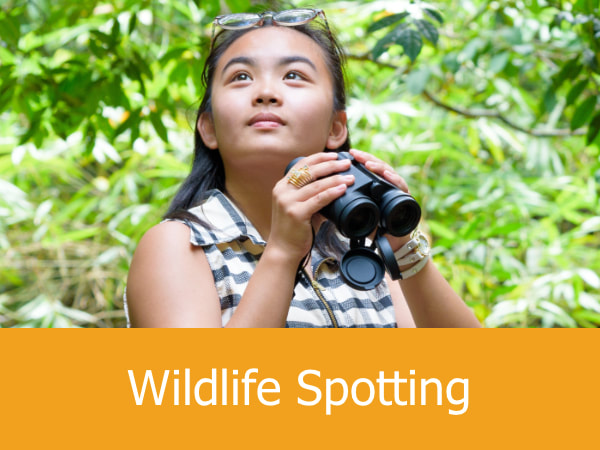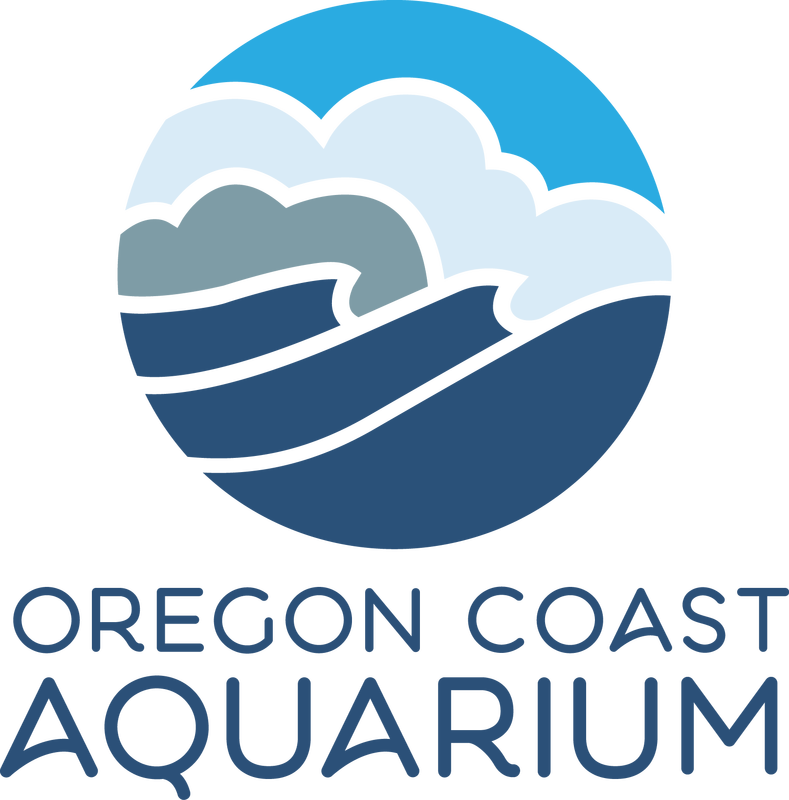|
GPS Coordinates: 43.2653375, -118.8443002
|
EXPERIENCE > LANDMARK PLACES
If you hop onto Highway US Route 20 out of Bend and drive for miles and miles and miles, you will eventually find yourself at the front door of the Malheur National Wildlife Refuge. The landscape is flat and stark, changing dramatically in color from deep reds and oranges to lush greens to a frozen white depending on the time of year. At first glance, it may very well seem like a desolate place — until you look a little closer and find that it’s teeming with life. Malheur is located in Harney County, one of the most rural, least populated parts of Oregon. As of 2015, it was estimated that only 7,200 people lived in the county, but the low numbers of human residents have also made it a virtual paradise for wildlife — with Malheur at its heart. |
The refuge is part of a national system made up of over 500 parcels of public lands and waters which are protected specifically for the benefit of America’s fish, wildlife and vegetation. The refuge system was established by President Theodore Roosevelt, a passionate conservationist and outdoorsman, to help maintain wild places and species for future generations. In the case of Malheur, the refuge also addressed a conservation issue specific to the late nineteenth and early twentieth centuries.
Science in Seconds: The Global Positioning System: Finding these Landmark Places will be easier if you understand the Global Positioning System or GPS. This sophisticated system can allow a user to find any spot on earth within a few feet. Here's how it works...
During the time of Roosevelt’s presidency, it was fashionable for women in the United States and Europe to wear elaborate arrangements of bird feathers (or sometimes entire stuffed birds) on their hats. The toll the plume industry took on wildlife was staggering. For example, in 1892 one London-based milliner (a person who makes or sells women’s hats) placed a single order for feathers from 6,000 birds of paradise, 40,000 hummingbirds and 360,000 miscellaneous species from East India. Entire populations were being wiped out and there didn’t seem to be an end in sight.
When the plume hunters discovered that the Malheur area was a major nesting ground for birds of all descriptions, they poured in by the hundreds. Within a decade, entire populations had been completely destroyed. William Finley, a contemporary wildlife photographer who helped document the carnage, reported that a two plume hunters alone had wiped out an entire population of white egrets in a day and a half. Finley’s passionate accounts of the hunts helped convince President Roosevelt to establish the Malheur refuge and protect the remaining species. (The William L. Finley National Wildlife Refuge in Oregon is named in honor of Finley’s conservation efforts.)
When the plume hunters discovered that the Malheur area was a major nesting ground for birds of all descriptions, they poured in by the hundreds. Within a decade, entire populations had been completely destroyed. William Finley, a contemporary wildlife photographer who helped document the carnage, reported that a two plume hunters alone had wiped out an entire population of white egrets in a day and a half. Finley’s passionate accounts of the hunts helped convince President Roosevelt to establish the Malheur refuge and protect the remaining species. (The William L. Finley National Wildlife Refuge in Oregon is named in honor of Finley’s conservation efforts.)
A Place for Birds and Birders
As it did a century ago, the refuge represents a crucial stop along the Pacific Flyway where migrating birds can rest, nest and breed. Many of the species migrating through the refuge are highlighted as priority species in national bird conservation plans. Their populations have rebounded since the carnage of the 1900s, and today the refuge is one of the most popular birding sites in Oregon.
The refuge also provides a variety of outdoor opportunities beyond bird watching. Parts of the site are open for hiking, bicycling and cross-country skiing. Trail brochures can be picked up at the visitor’s center and will let you tour the expansive refuge by either car or a network of hiking trails. Fishing and hunting are allowed during specific seasons and only in designated areas.
Malheur also offers a variety of volunteer opportunities for all ages and can facilitate field experiences for schools and educational programs. To learn about these and other refuge services and features, visit their website.
Related Information: Marvelous Malheur: Animals and Ecosystems | The Ranch That Time Forgot
The refuge also provides a variety of outdoor opportunities beyond bird watching. Parts of the site are open for hiking, bicycling and cross-country skiing. Trail brochures can be picked up at the visitor’s center and will let you tour the expansive refuge by either car or a network of hiking trails. Fishing and hunting are allowed during specific seasons and only in designated areas.
Malheur also offers a variety of volunteer opportunities for all ages and can facilitate field experiences for schools and educational programs. To learn about these and other refuge services and features, visit their website.
Related Information: Marvelous Malheur: Animals and Ecosystems | The Ranch That Time Forgot














